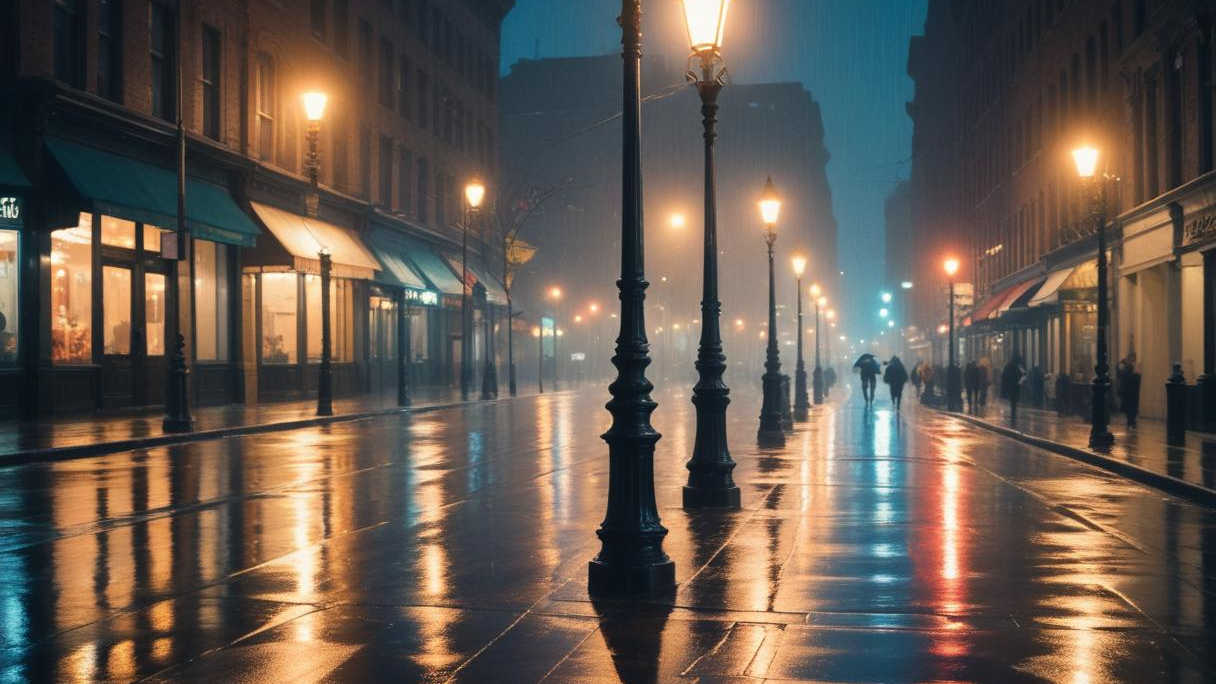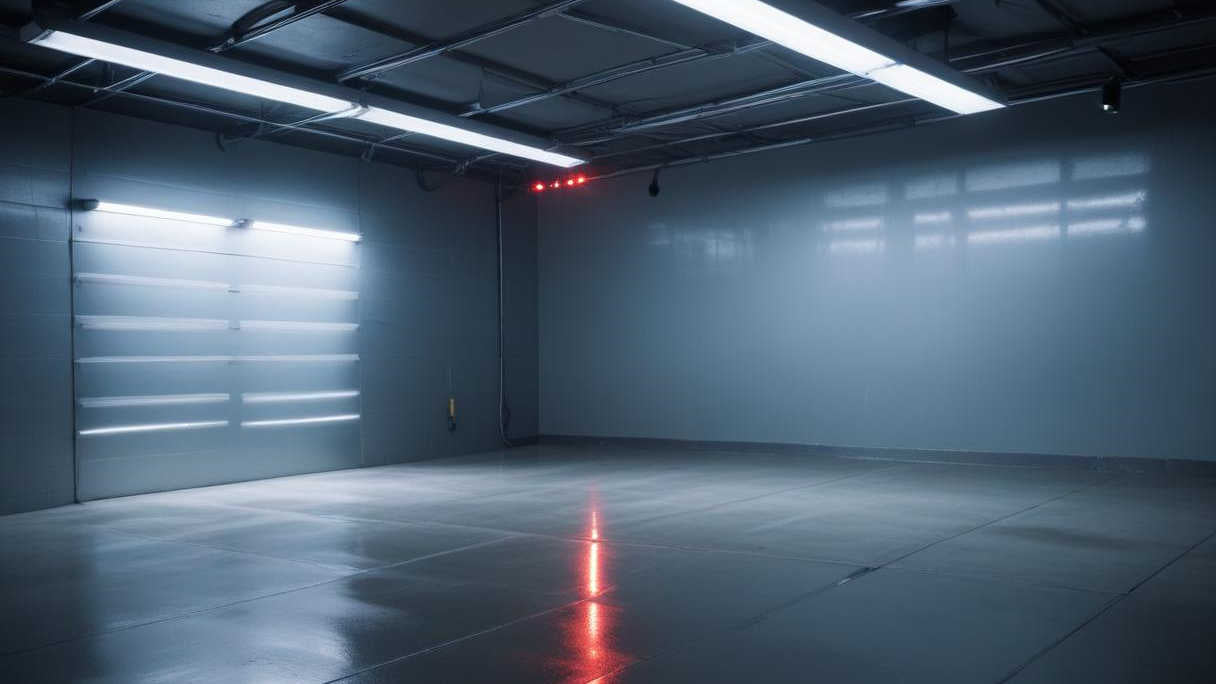When it comes to outdoor lighting, motion sensor LED lights are a popular choice due to their energy efficiency, convenience, and added security. However, one common issue that homeowners and business owners face is water intrusion, which can lead to malfunctioning lights and potential safety hazards. This blog post will explore effective strategies to prevent water from getting into your motion sensor LED lights and highlight the importance of choosing the right waterproof outdoor lights.
Understanding the Problem
Motion sensor LED lights are designed to detect movement and automatically turn on, providing illumination only when needed. This feature makes them ideal for outdoor use, such as in gardens, pathways, driveways, and around the exterior of buildings. However, outdoor lights are exposed to various weather conditions, including rain, snow, and humidity, which can compromise their functionality if they are not adequately protected.
Water intrusion can cause several problems for motion sensor LED lights:
- Short Circuits: Water can create short circuits in the electrical components, leading to light malfunctions or complete failure.
- Corrosion: Prolonged exposure to moisture can cause corrosion of metal parts, reducing the lifespan of the lights.
- Decreased Sensitivity: Water can interfere with the motion sensor, making it less responsive or triggering false alarms.
- Safety Hazards: Waterlogged lights pose an electrical hazard, increasing the risk of electric shocks or fires.
To prevent these issues, it is crucial to ensure that your motion sensor LED lights are adequately protected from water.
Choosing Waterproof Outdoor Lights
The first step in preventing water from getting into your motion sensor LED lights is to choose waterproof models. Here are some key considerations when selecting waterproof outdoor lights:
IP Rating
The Ingress Protection (IP) rating is a standardized measure of a product's resistance to dust and water. It consists of two digits: the first indicates protection against solid particles, and the second indicates protection against liquids. For outdoor lighting, look for lights with a high IP rating, such as IP65, IP66, or IP67. These ratings indicate that the lights are well-protected against water ingress.
- IP65: Protected against low-pressure water jets from any direction.
- IP66: Protected against strong water jets from any direction.
- IP67: Protected against temporary immersion in water up to 1 meter for 30 minutes.

Quality of Materials
Ensure that the motion sensor LED lights are made from high-quality, weather-resistant materials. Look for lights with housings made from durable materials such as aluminum, stainless steel, or heavy-duty plastic. These materials are less likely to corrode or degrade when exposed to moisture.
Sealed Enclosures
Choose lights with sealed enclosures that prevent water from entering the internal components. Look for features such as rubber gaskets, silicone seals, and waterproof connectors. These elements create a barrier that keeps water out, even in heavy rain or snow.
Installation Location
Consider the installation location of your motion sensor LED lights. Avoid placing them in areas where they are directly exposed to water, such as under gutters or in low-lying areas that may flood. Instead, install them in sheltered locations, such as under eaves or awnings, to provide additional protection from the elements.
Additional Protection Strategies
Even with waterproof lights, it is essential to take additional measures to protect them from water intrusion. Here are some strategies to consider:
Proper Installation
Proper installation is crucial to ensure that your motion sensor LED lights remain waterproof. Follow the manufacturer's instructions carefully and take the following steps:
- Seal All Openings: Apply waterproof sealant around any openings, such as where the wires enter the housing. This prevents water from seeping into the light.
- Use Waterproof Junction Boxes: When connecting wires, use waterproof junction boxes to protect the connections from moisture.
- Secure Mounting: Ensure that the lights are securely mounted to prevent any movement that could compromise the seals.
Regular Maintenance
Regular maintenance can help prevent water intrusion and extend the lifespan of your motion sensor LED lights. Here are some maintenance tips:
- Inspect Seals and Gaskets: Periodically check the seals and gaskets for any signs of wear or damage. Replace them if necessary to maintain a watertight seal.
- Clean the Lights: Keep the lights clean and free from dirt and debris that could trap moisture. Use a soft cloth and mild detergent to clean the surfaces.
- Check for Leaks: After heavy rain or snow, inspect the lights for any signs of water ingress. If you notice any water inside the housing, take immediate action to address the issue.
Use Protective Covers
Protective covers can provide an additional layer of defense against water. Consider using covers specifically designed for outdoor lights. These covers can shield the lights from direct exposure to rain and snow, reducing the risk of water intrusion.
Elevate the Lights
If possible, elevate the motion sensor LED lights to reduce the risk of water damage. Mounting the lights higher up on walls or poles can help prevent water from pooling around the base and seeping into the housing.
Use Drip Loops
When running electrical cables to the lights, create drip loops. A drip loop is a loop in the cable that allows water to drip off before it reaches the light. This simple technique can prevent water from running along the cable and into the light housing.


































Leave a comment
This site is protected by hCaptcha and the hCaptcha Privacy Policy and Terms of Service apply.